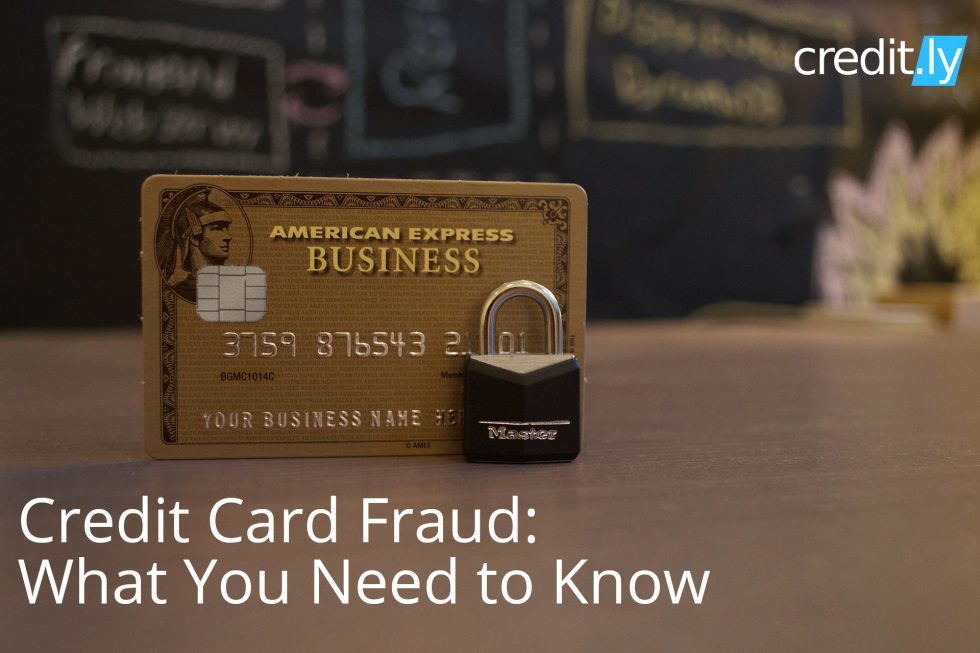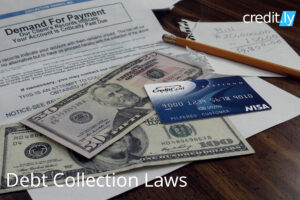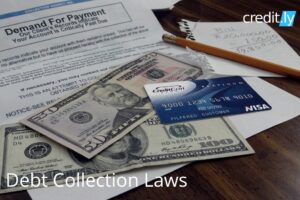Credit Card Fraud is on the rise. The typical situation of having your credit card number hacked or stolen happens to the best of us, and through no fault of our own. Let’s start with the bad news: Debit and credit card fraud is a persistent problem worldwide.
According to the 2016 Consumer Card Fraud Study from ACI Worldwide and Aite Group: Nearly one-third of consumers have experienced card fraud in the past five years. And 17% of credit card and debit cardholders say they’ve fallen victim multiple times in that timeframe.
Recent efforts from payment networks and card issuers have tried to mitigate the problem. Case in point: That little EMV chip you now probably have on your credit or debit card. But EMV only protects you from one type of card fraud (more on this in a minute) and, yes, there’s more than one way to rack up fraudulent credit card charges in someone’s name. Luckily, we’re here to help you get a better understanding of credit card fraud detection. Here’s a primer on credit card fraud.
What Is Credit Card Skimming? Should I Be Worried?
You have probably heard this term in relation to gas station pay at the pump, or ATM’s in a dark alley. Credit card skimming is the type of fraud you have to worry about when you’re out and about. In order to siphon off card information, thieves will install devices known as skimmers on ATMs or payment terminals. These skimmers steal all the information on your card’s magnetic stripe once you use it at a machine. Those EMV chips we mentioned earlier are designed to protect you from skimmers, but only if you use the chip to make your payment or take out cash.
Unlike the old-school magnetic stripes, the chip contains a dynamic CVV security code — it changes after each transaction. So, if a thief skims your information, they’ll still be missing all the digits they would need to counterfeit a card (known as “card cloning”) and use it (or sell it to be used) in stores.
What About Online Credit Card Fraud? How To Prevent It?
Well, that’s the thing: The chips do nothing to stop card-not-present transactions, meaning, most notably, that stolen credit card or debit card information could be used to buy a whole bunch of stuff online. (Think about it: When you’re shopping on the web, you’re prompted to enter the CVV code on the front or back of your card at checkout — and that number, like the one you can’t see on your magnetic stripe, doesn’t change.) Not to mention, skimming isn’t the only way a thief can get ahold of your credit card information.
How Can Someone Steal My Credit Card Info?
Two words: data breaches. Plus, credit card or debit card information is a popular prize among phishers. In a phishing scam, thieves pose as a legitimate company or entity to get you to click on a link in a text, email or web pop-up. That link in turn prompts you to type in your payment information or downloads malware onto your computer that will copy card numbers when you type them into legitimate sites. Data breaches and phishing scams can also result in your personal information winding up the wrong hands. And if that personal information includes your Social Security number, well, you’ve got to be on the lookout for new account fraud.
What Is New Account Fraud?
New account fraud occurs when a thief uses your Social Security number and personal information to open fraudulent credit accounts, including credit cards, in your name. They can use these credit cards to rack up fraudulent charges. According to a study from Javelin Strategy & Research, there was a major uptick (113%) in new account fraud in 2015, and it now accounts for 20% of all fraud losses. (Javelin believes the switch to EMV chips, which are designed to fight counterfeit card operations, may have caused fraudsters to change the way they operate. Using credit protection like LifeLock is one way to catch this scheme.
OK, So How Do I Stop Credit Card Fraud?
Sorry to break it to you: Short of eschewing plastic and/or going off the grid, there’s no failsafe when it comes to credit card fraud. But no need to despair: Under federal law, credit cardholders are only liable for $50 in fraudulent charges. Debit cardholders, meanwhile, are liable for $50 in charges if they report the fraud in two days, up to $500 in charges if they report in 60 days, and all charges if they wait longer. However, most credit cards and debit cards issued through the major payment networks (Visa, MasterCard, Discover and American Express) tout zero liability policies that can provide further consumer protections. You’ll want to read your card agreement to see if you have a zero liability policy and, if so, what exceptions may apply.
Is There Anything I Can Do to Prevent Credit Card Fraud?
Of course, being the victim of card fraud, regardless of whether you’ll have to fork over any funds, never feels good, and there are hassles associated with having your plastic hacked. (For starters, you’ll have to cancel any compromised cards and have them replaced.) Fortunately, there are plenty of things you can do to minimize your odds of becoming a victim or the damage incurred if you do.
These steps include:
- Monitor your statements regularly, since the sooner you spot and report card fraud, the better off you’ll be, particularly if it involves your debit card and checking account.
- Keep an eye on your credit reports and credit scores, because that’s the fastest way to spot new account fraud, either in the form of unfamiliar credit inquiries or, worse, active credit card accounts you never took out. A sudden drop in your credit scores is also a sign identity theft has occurred. You can monitor your credit by viewing your free credit report snapshot on Credit.com.
- Upgrade to an EMV chip credit or debit card if you don’t have one in your wallet already. You can call your issuer to request a new piece of plastic.
- Limit who you share your credit card information and personal information with. The fewer places that have your sensitive number(s), the less likely you are to be involved in a data breach.
- Stick to secure and trusted websites when you shop online. You’ll know a site is encrypted by the “https” or padlock in your browser.
- Avoid storing credit card information in online shopping accounts. Sure, it’s convenient to have your card numbers on file with your favorite online retailers but, again, you’re putting yourself at risk for a breach.
- Click carefully. You’ll want to avoid falling victim to a phishing scam. You can find more tips for better internet safety here.
- Sign up for alerts. Many issuers will send you texts or emails when new charges post to your account or card-not-present transactions take place. These alerts can help you spot credit card fraud more easily.
Help… How Do I Report Credit Card Fraud?
If you do spot fraud, call your credit card or debit card issuer immediately to dispute the charges. There should be a customer service number somewhere on the card, but you can probably find contact information on your monthly statement or your issuer’s website as well. You’ll also want to have that card replaced. You may also be able to file a formal dispute regarding a charge online, though it’s probably best to contact your issuer first so you’re sure they’re aware of the issue and taking steps to resolve it.
What a Mess – How Do I Get Rid of Fraudulent Accounts in My Name?
This process can be a bit trickier. You’ll need to call the creditor listed on your credit report or any fraudulent billing statement you may have received to notify them of the fraud and to have the account shut down immediately. There should be contact information on your credit report or the billing statement, but, again, if you can’t find a number, you can look up the customer service line listed on an issuer’s website. You’ll also want to dispute fraudulent accounts on your credit report with the credit bureaus. (You can go here to learn how to dispute errors on your credit report.) You’ll also want to report the crime to your local authorities, the Federal Trade Commission and even your State Attorney General. You can find a detailed explanation of how to get rid of fraudulent accounts in your name here.
[/et_pb_text][/et_pb_column][/et_pb_row][/et_pb_section]









